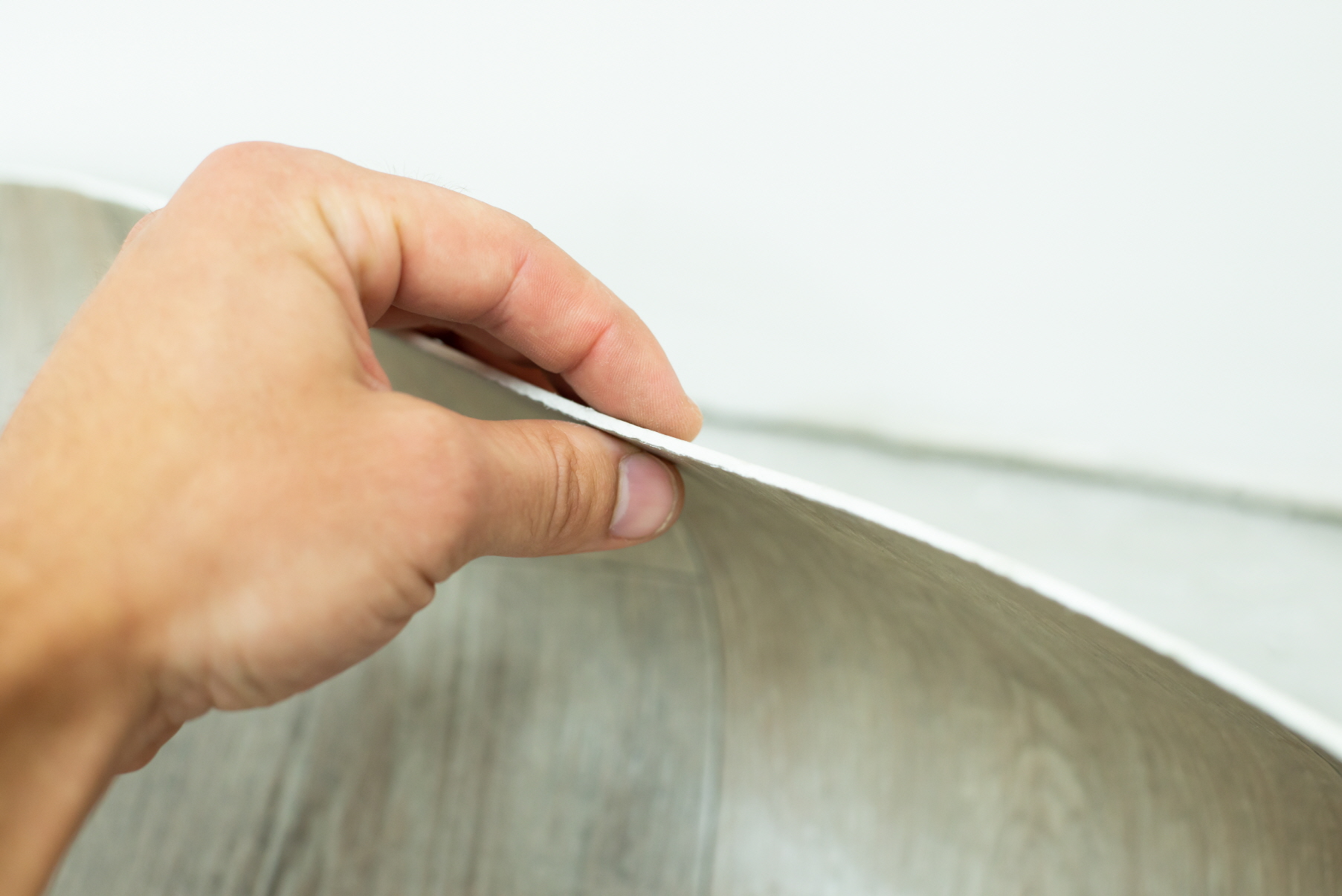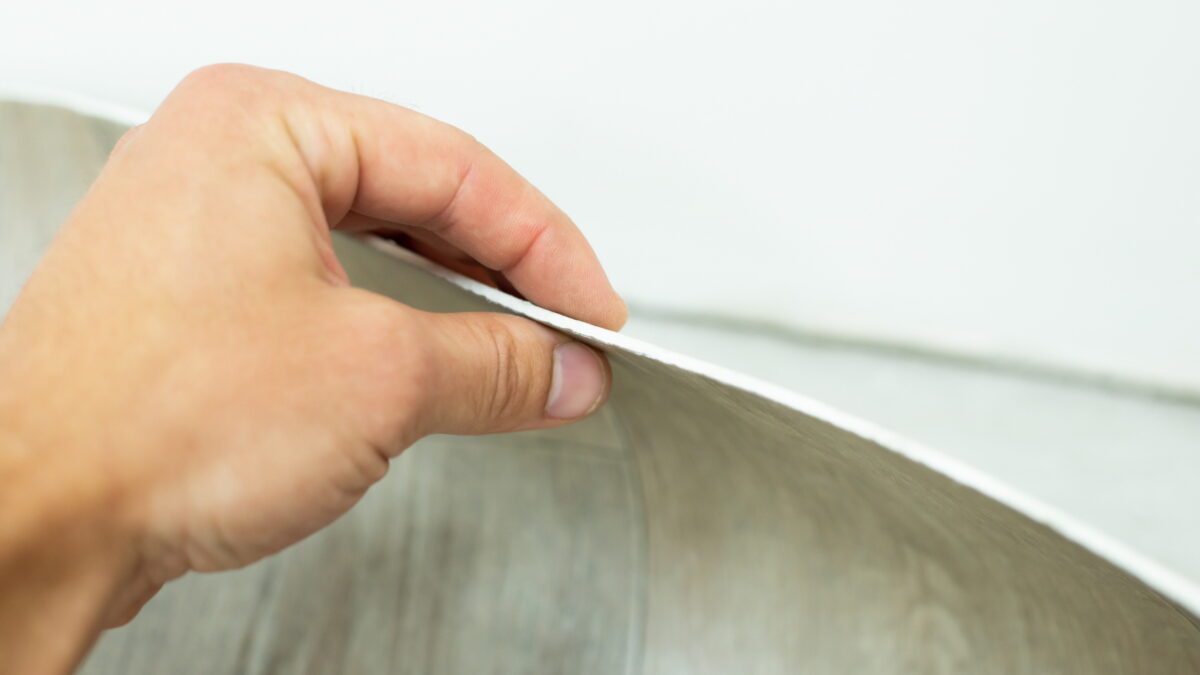
Bathrooms can be battlegrounds. From the age-old struggle of the rogue hair in the sink to the ever-present debate about the toilet seat (up or down?), these shared spaces can test the limits of domestic harmony.
But what if the battleground itself could be a source of peace? Believe it or not, your chosen flooring can significantly impact your bathroom experience. This article throws down the gauntlet in the fight between vinyl and linoleum flooring tile.
Before you wage war over the next bathroom transgression, consider this: choosing the right flooring might just be the key to a more peaceful co-existence in your home.
About Linoleum Flooring Tile
Linoleum flooring tile is a versatile, eco-friendly option for those upgrading their floors. Made from natural materials like linseed oil, wood flour, cork dust, and resins, linoleum is a sustainable choice that doesn’t compromise style or durability.
Available in various colors and patterns, linoleum flooring tile allows you to get creative with your design choices. Whether you prefer a classic look or want to make a bold statement, there’s a linoleum option for every taste.
What’s the Difference Between Vinyl and Linoleum Flooring?
Both vinyl and linoleum have their unique benefits and drawbacks. Ultimately, the best choice will depend on personal preference, budget, and specific needs for each room in your home.
Sustainability
Vinyl flooring is typically made from synthetic materials like PVC, while linoleum is crafted from natural ingredients such as linseed oil, wood flour, cork dust, and resins. This distinction makes linoleum a more eco-friendly option compared to vinyl.
However, while vinyl is not biodegradable, it can still be recycled. In addition, working with companies that focus on sustainability can help address any concerns regarding choosing environmentally friendly options.
Durability
Both vinyl and lino flooring are known for their durability. However, vinyl tends to be more water-resistant and less prone to scratching or scuffing than linoleum. This makes it a better choice for high-traffic areas such as kitchens and bathrooms.
Linoleum, on the other hand, can be susceptible to water damage if not properly sealed. It also requires regular maintenance, including resealing every few years, to maintain its durability.
Style Options
Both vinyl and linoleum flooring options offer a wide range of style options, including patterns that mimic natural materials like hardwood or stone. Due to its synthetic nature, vinyl tends to have more variety in design options and colors.
Linoleum tile typically has a more limited color palette but, with its natural ingredients, offers unique patterns and designs. It can also be cut into custom shapes or designs.
Cost
In general, vinyl floor tile is a more affordable option than lino flooring tile. It is also easier and faster to install, which can save on labor costs. However, the overall cost will depend on factors such as the quality of the materials and installation fees.
The Right Flooring for Your Home
Factors such as sustainability, durability, and maintenance requirements must be considered when comparing vinyl and linoleum flooring tile. Are you ready to give your home a makeover?
LX Hausys creates human-friendly, eco-conscious living spaces. Our solutions prioritize you. Contact us to discuss your remodel.

